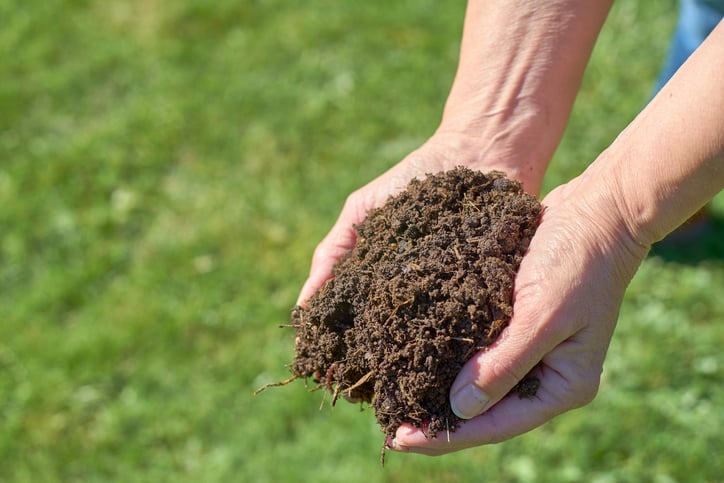February is a great time to start thinking about testing your soil with a soil sample probe. That’s because late March or early April is a good time to test your soil. Scheduling now will ensure you’ll get the results back in time.
Soil tests are done to see if everything is ok. It’s like a blood test for your lawn. It shows us if there are any deficiencies and how much and what to prescribe for a soil correction application.
So, let’s take a look at some of the reasons you may want to get your soil tested and what a test may tell you.
What Might Prompt Soil Testing?
If your lawn does not seem to respond to treatments or is pale in color, you may need your soil tested. Other concerns that may prompt a probe include:
- Thin areas-even after you’ve tried to reseed
- Multiple seeding attempts have failed
- Moss-especially in sunny areas
If your soil is off, you may also notice more weeds in your yard, or your grass may not be as thick and green as you like. It may also be less resistant to insects, diseases (like Red Thread Disease), and drought stress.
Most soils aren’t perfect for growing a great lawn. A soil test is the only way to tell if your soil needs any corrective applications.
How Often Should I Do A Soil Sample Test?
If you have a healthy lawn, test every three or four years. But if you have any problem spots, even if the rest of your lawn does quite well, you should test your soil every year.
How To Do A Soil Probe
Soil tests begin with a soil sample probe.
Sampling probes extract a small diameter core sample of soil from the ground for analysis. It looks like a long, stainless steel pole with a t-shaped handle. Your technician will push the poll down into the ground and give it a turn by using the handles. The soil sample goes to an independent laboratory for testing. It could take as many as 3 weeks for you to receive your test results and recommendations.
What A Soil Sample Probe Can Tell You
This soil test looks for deficiencies in nutrients like phosphorus, potassium, calcium, and magnesium, soil pH, and organic matter percentage. Your recommendation will include which nutrients are needed and in what amount per 1,000 square feet. The advice may also include thoughts on Nitrogen (if needed).
And a soil test will let you know if the nutrients your lawn needs are available by providing you with Cation Exchange Capacity (C.E.C) number. This number will tell you how well your soil will hold nutrients that become available to the roots of your plants. The type of soil has a tremendous effect on the number. Sandy soil will have a lower number.
Protecting Your Soil
If you think your soil may be suffering and want to know for sure, Lush Lawn can help. We have a number of treatment programs that are designed to improve the health of your soil. Contact us today, if you have any questions.
